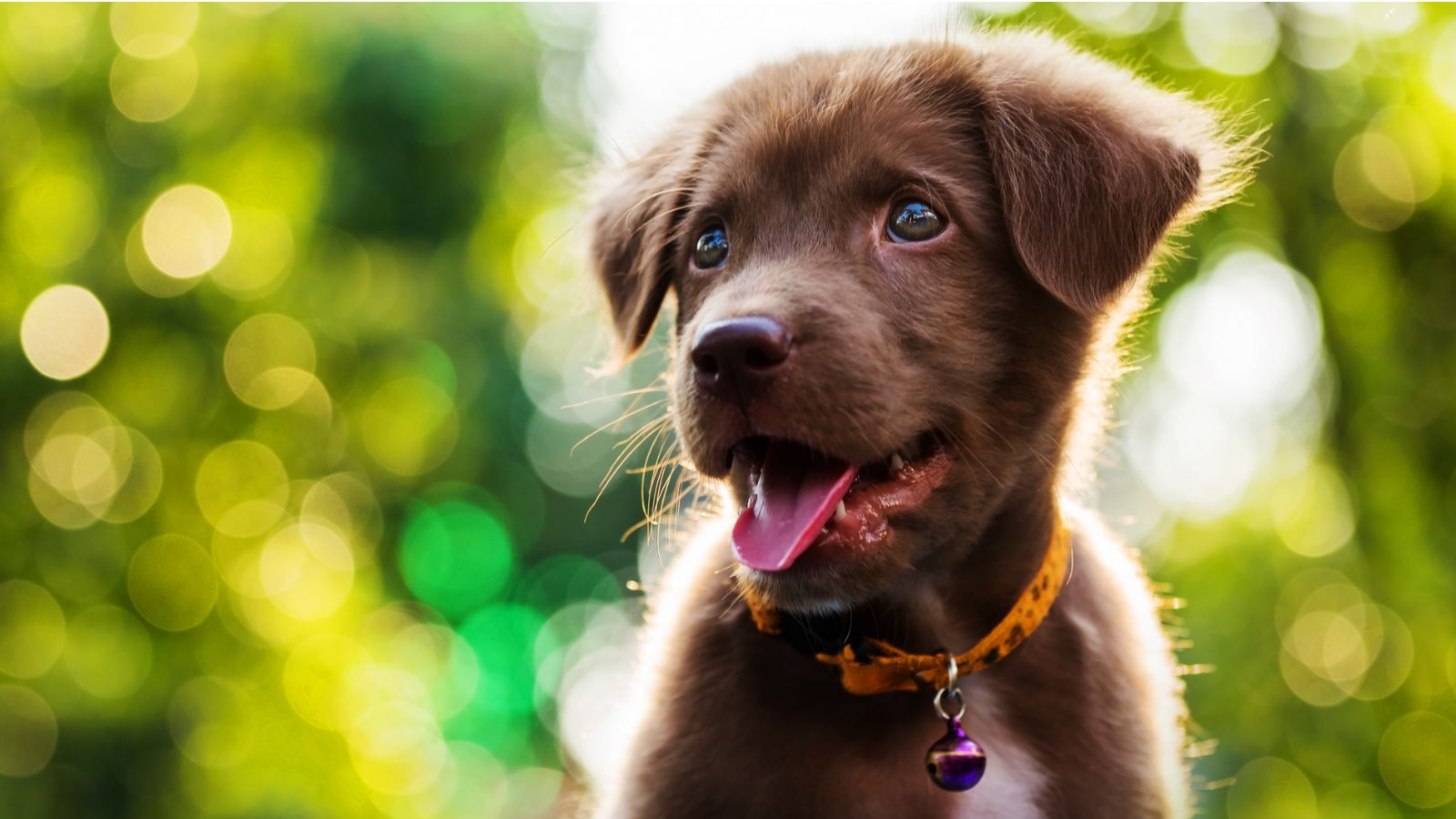Your puppy’s first years are an exciting time, but they can also be overwhelming due to the sheer amount of new responsibilities you need to teach them. To make sure you’re on the right track, here are the 17 most important things your puppy should learn before they turn 2.
How to Be Social
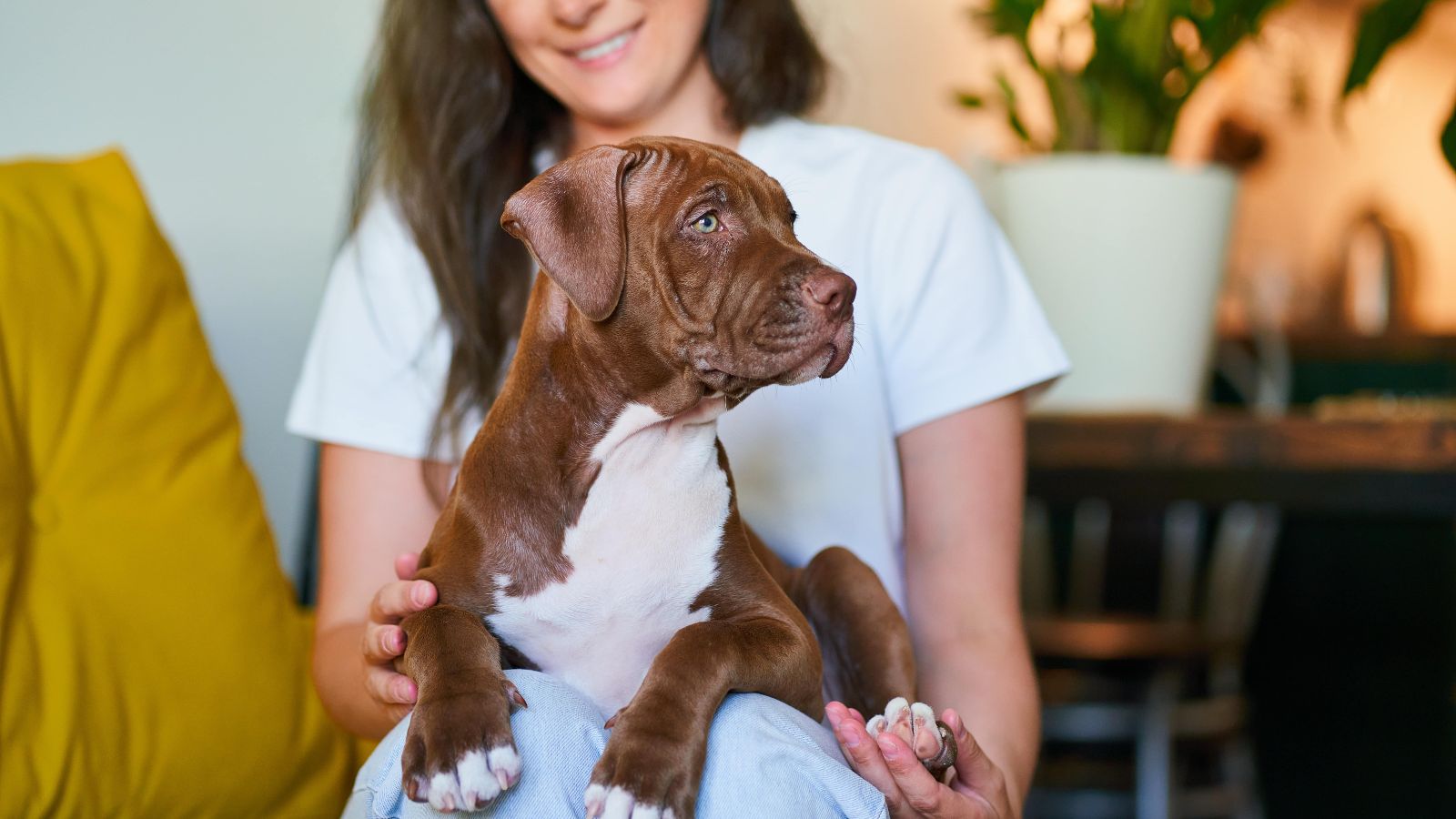
You should try to introduce your puppy to other dogs, animals, people, and environments as soon as they’re able to venture outside, as it’s never too early to teach good socialization. It can be helpful to schedule puppy playdates to allow your dog to get used to being friendly with others.
The Basic Obedience Commands
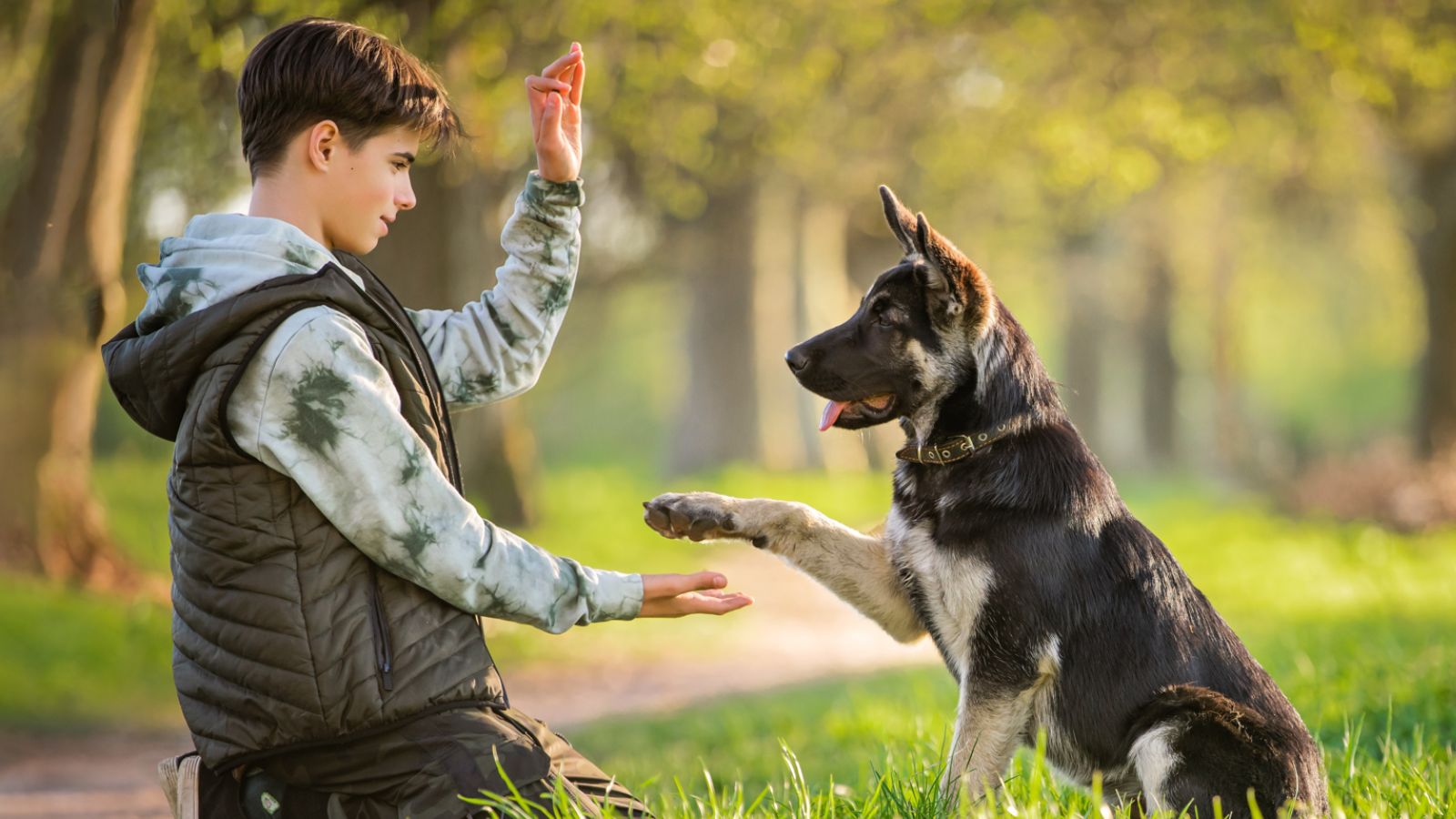
One of the best lessons to teach your puppy in their first year is how to obey basic commands, such as ‘sit’ and ‘stay.’ They’ll learn best if you use positive reinforcement and praise and practice as often as you can to get them used to it – all day, every day if needs be!
House Training
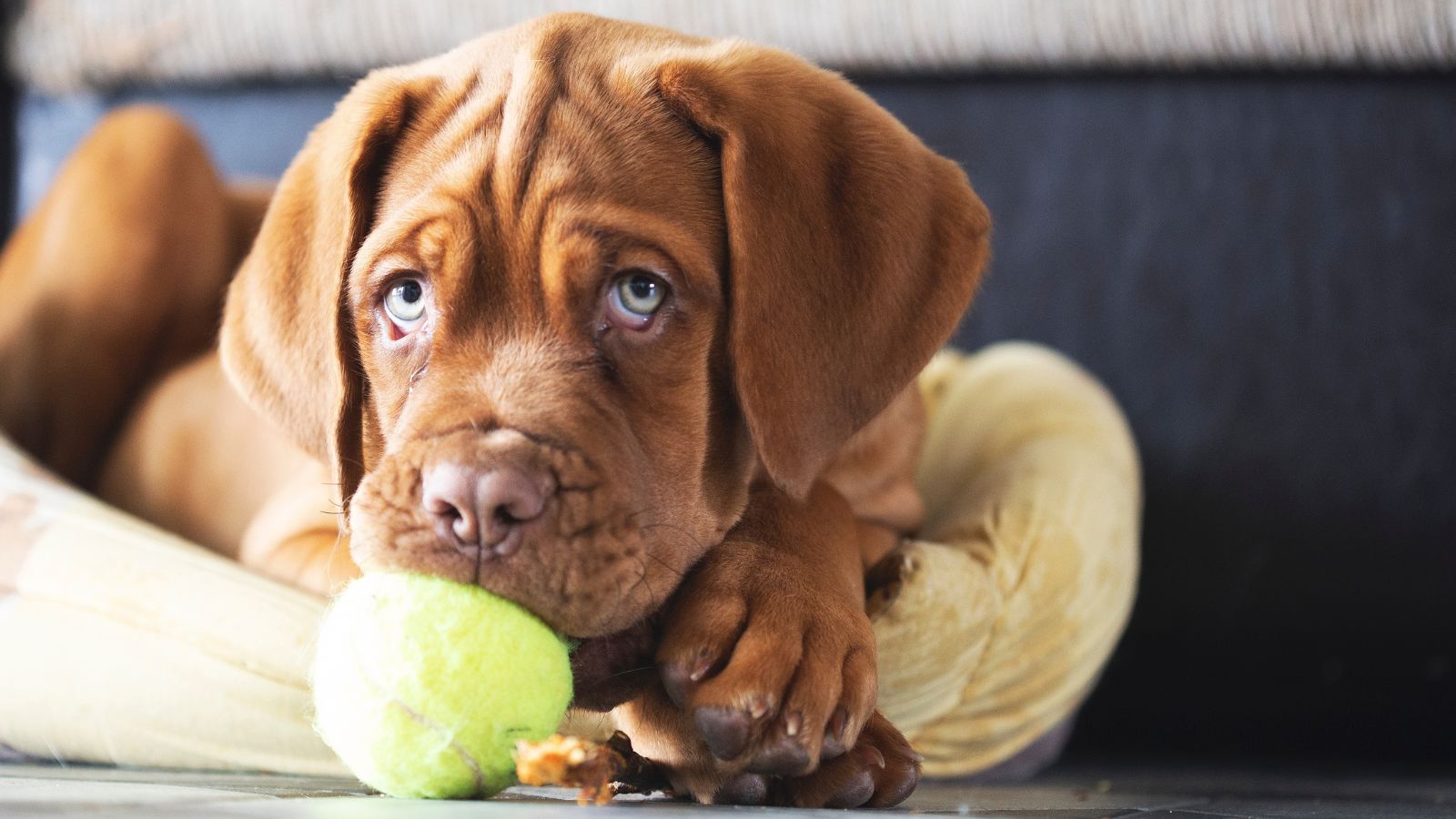
Did you know that house soiling is one of the top reasons that many dogs end up in shelters, according to the American Kennel Club? To avoid any nasty accidents, house training your puppy as soon as possible is key, first with puppy mats and then with regular bathroom breaks outside.
Introducing Your Puppy to the Leash
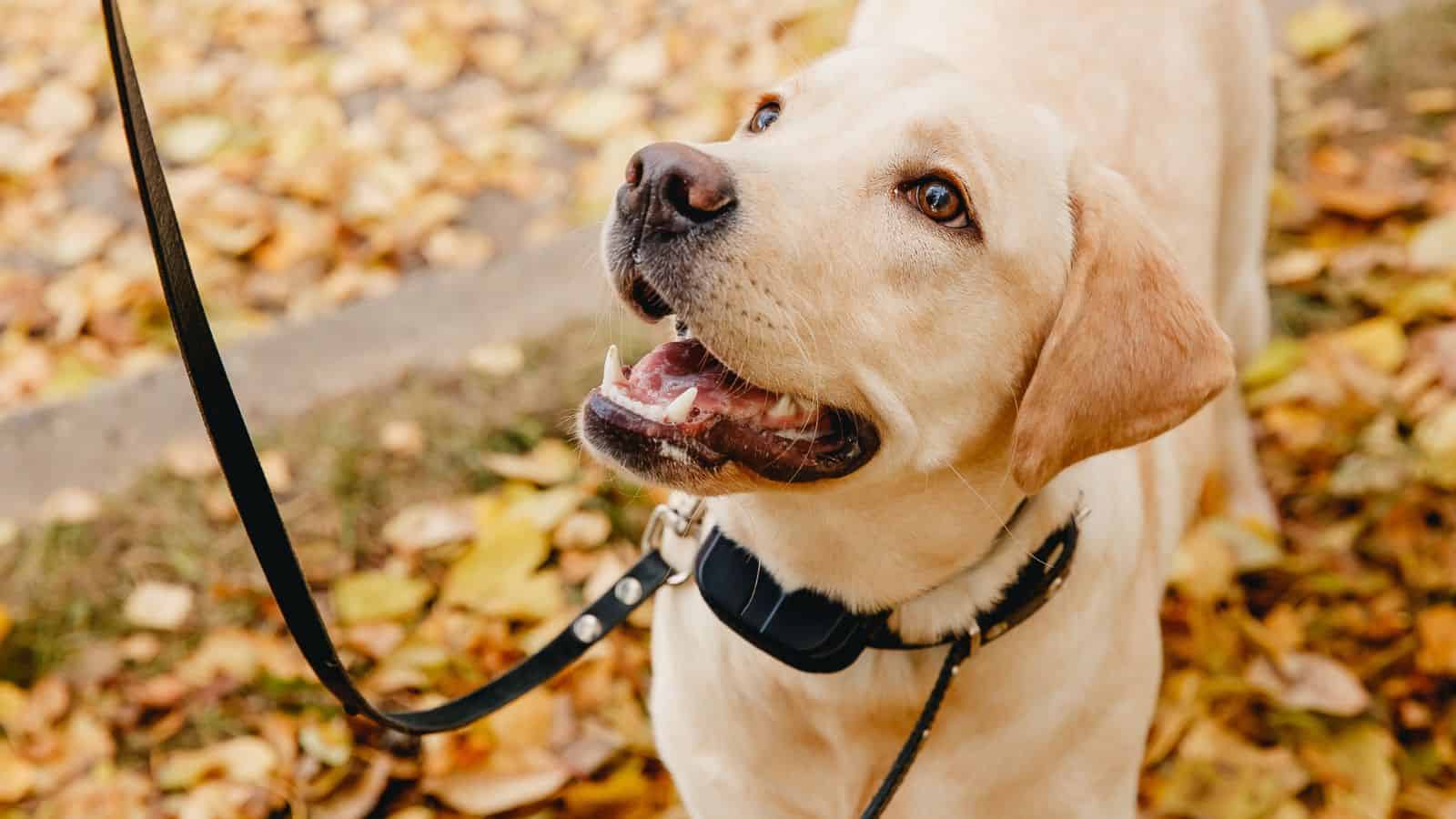
Leash training is another important lesson your puppy should learn as soon as possible, as it’s essential for safe and controlled walks in the future. Gradually introduce your new puppy to a collar and leash and practice walking in quiet areas before you venture into busy locations, using the ‘heel’ and ‘stay’ commands.
Crate Training
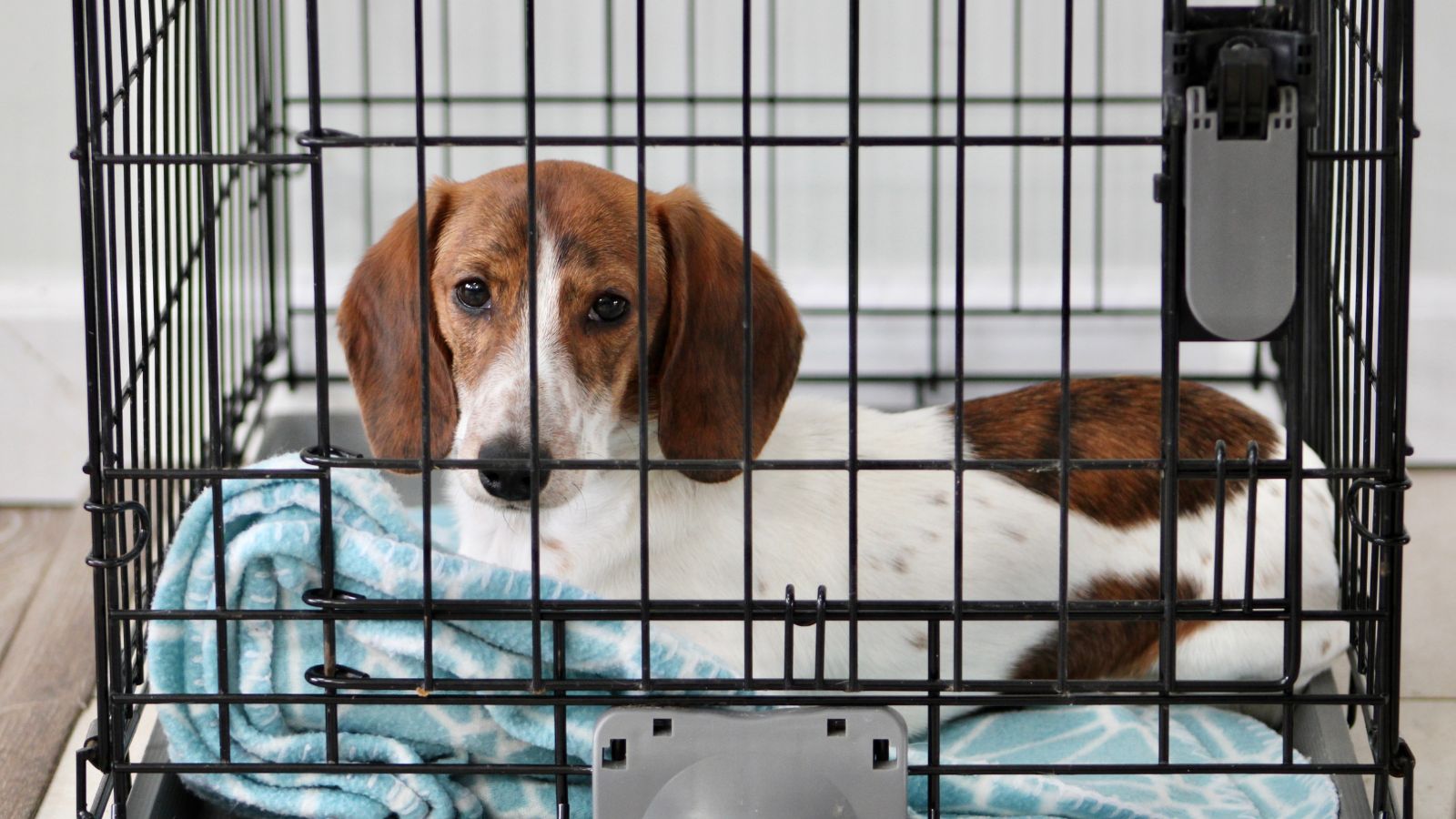
Using a crate can be a helpful tool while your puppy is still growing (and learning not to chew your furniture). Crate training should include positive interactions, and it should be considered a safe environment for your puppy rather than a place of punishment.
Stop Your Puppy From Biting
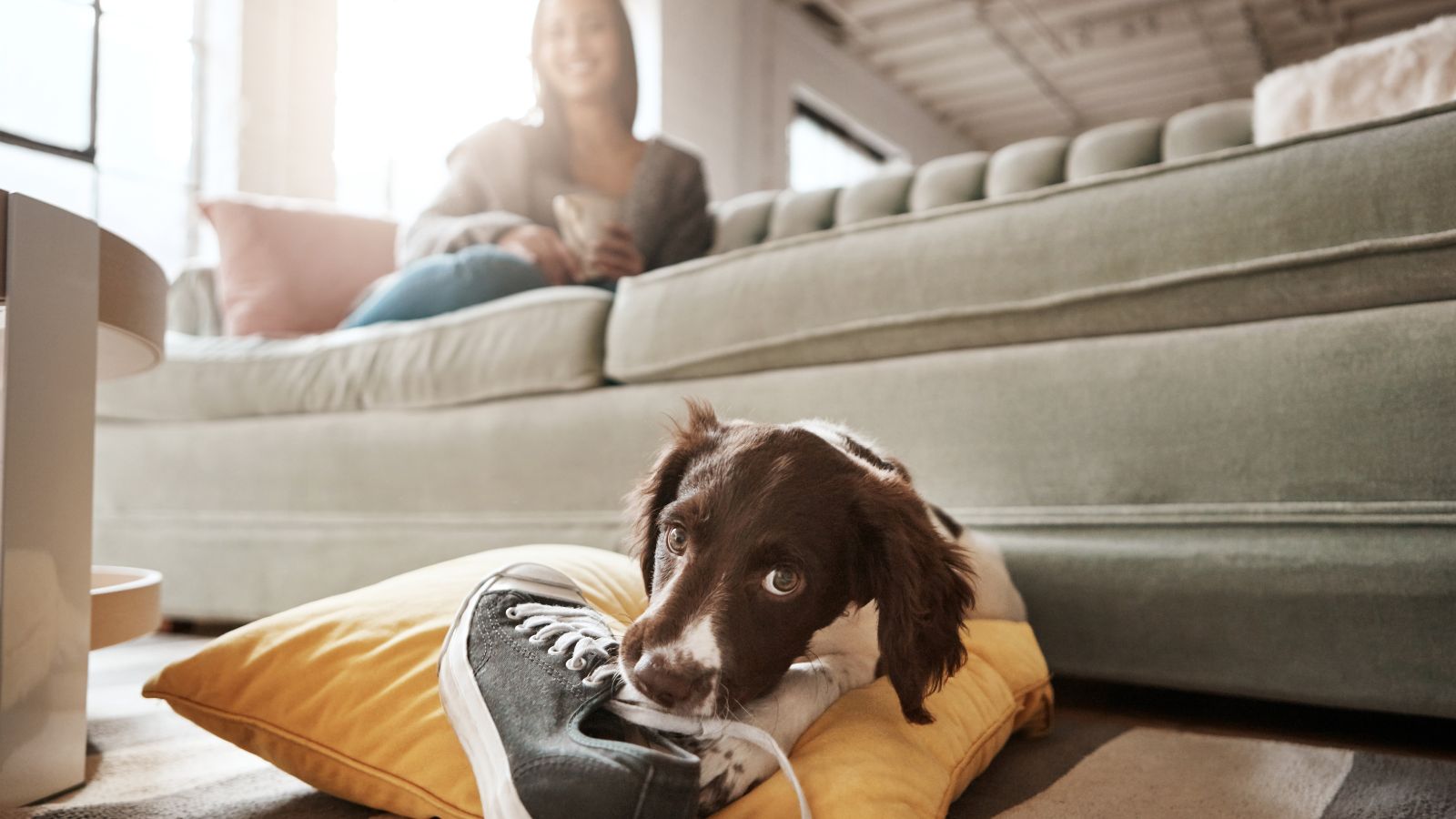
Your puppy will inevitably nibble as it learns and plays, so it’s important to teach it not to bite as it grows. It’s important to redirect their biting to chewable toys and firmly deter biting clothes, shoes, or hands.
Recognizing Their Name
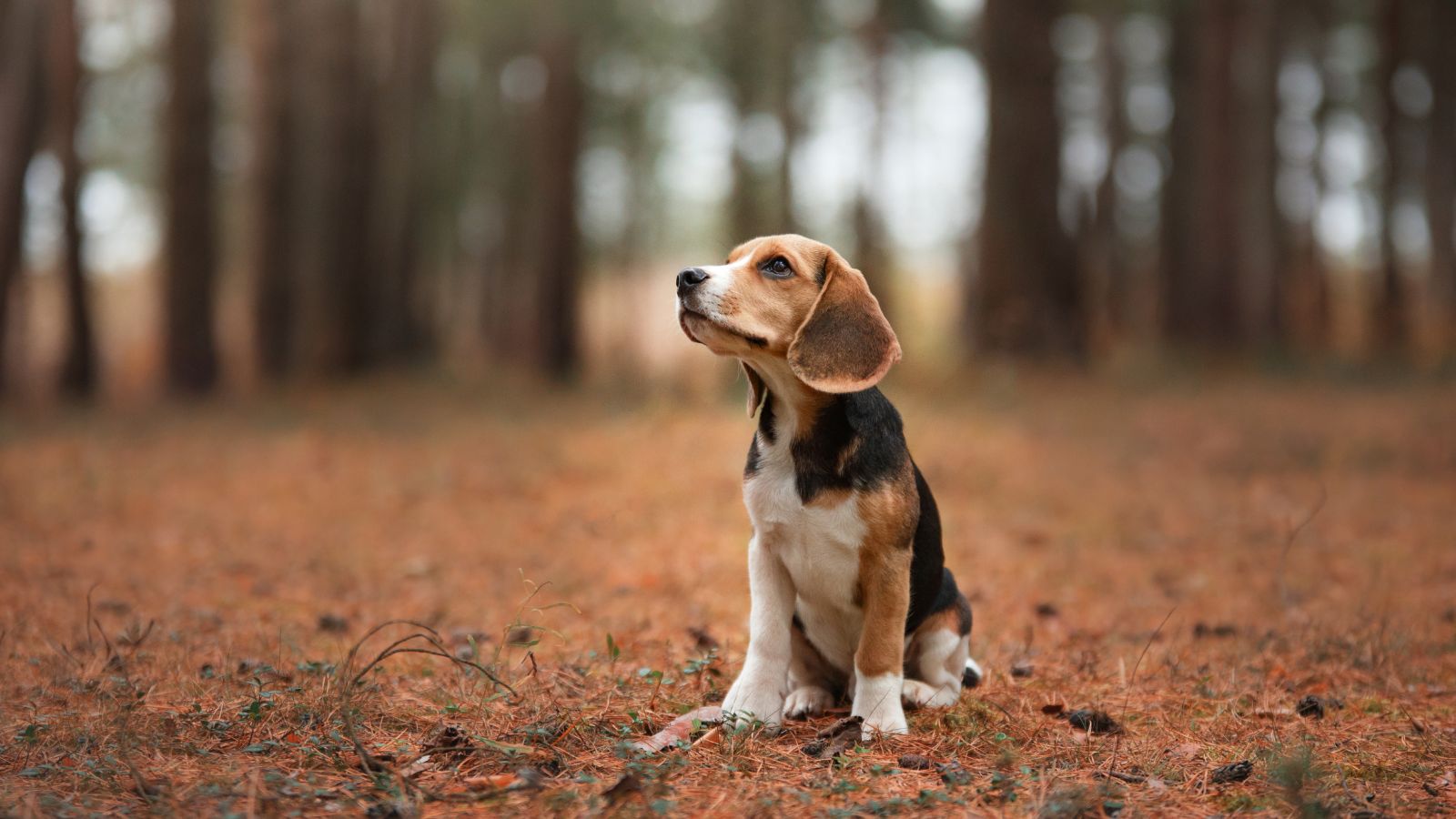
You likely chose the perfect name for your puppy the moment you got them, but if not, you should definitely decide on a name during their first year! Use it as often as you can, particularly as positive reinforcement, so that they can get used to it and practice recognition.
How to Handle Touch and Grooming
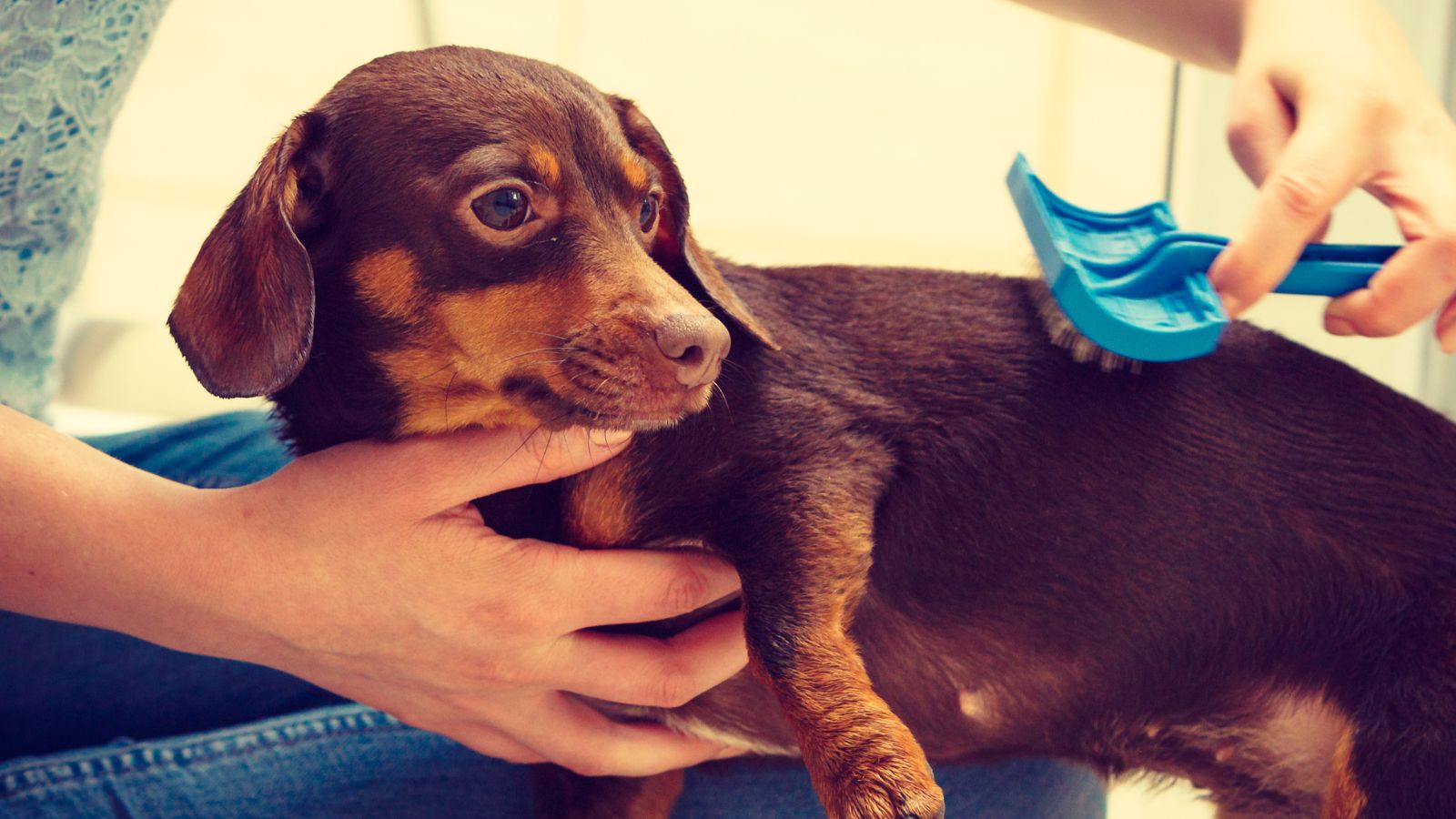
Your puppy also needs to get used to being handled all over its body before the age of 2. This includes good grooming habits such as nail clipping and brushing. To help them ease into it, practice very short grooming sessions so they don’t become too stressed.
Chew Toy Training
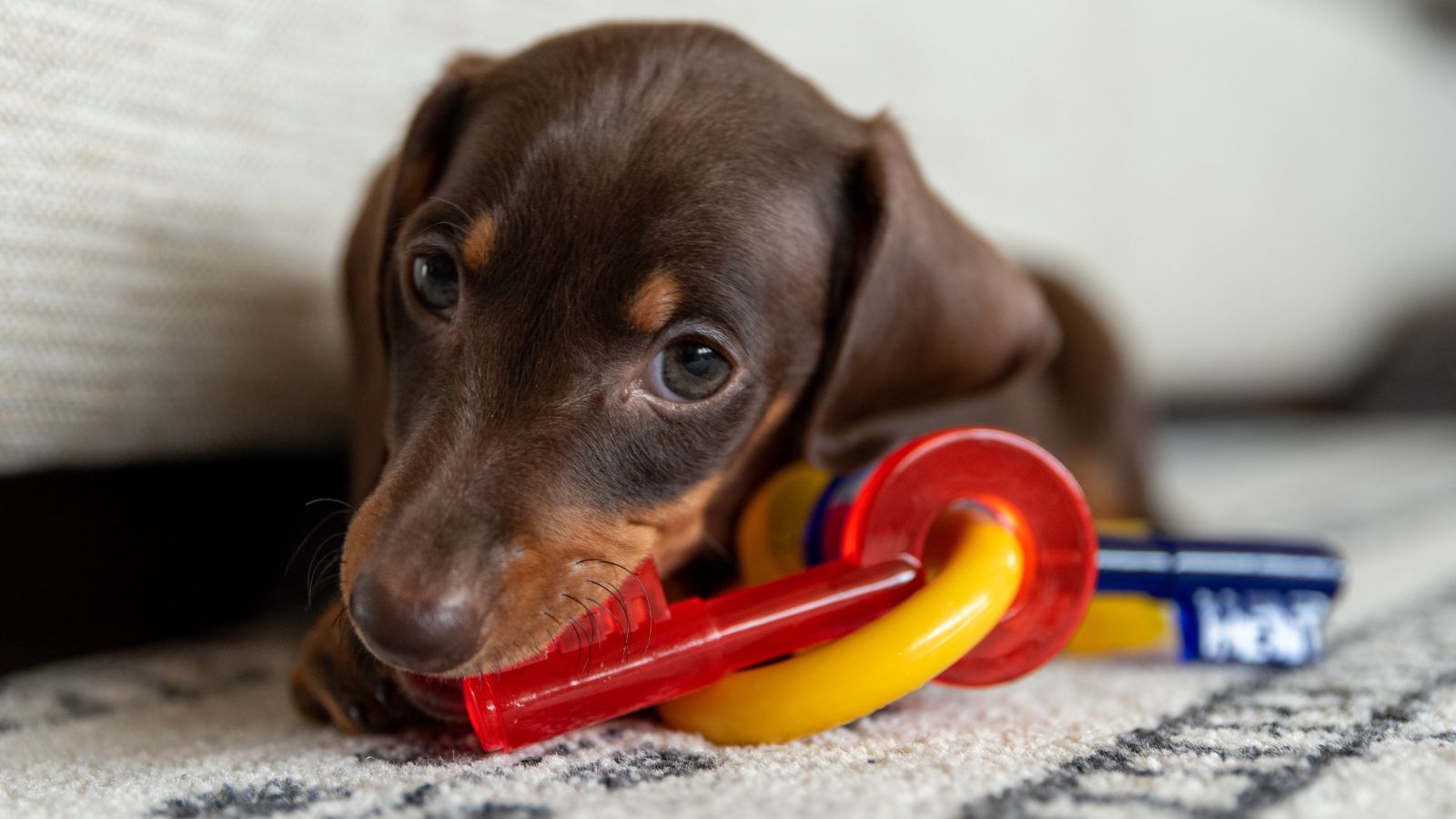
One of the best things you can do for your new puppy is to provide them with a wide range of chew toys. These toys will not only keep them entertained but also prevent them from chewing on your belongings!
Practicing Recall
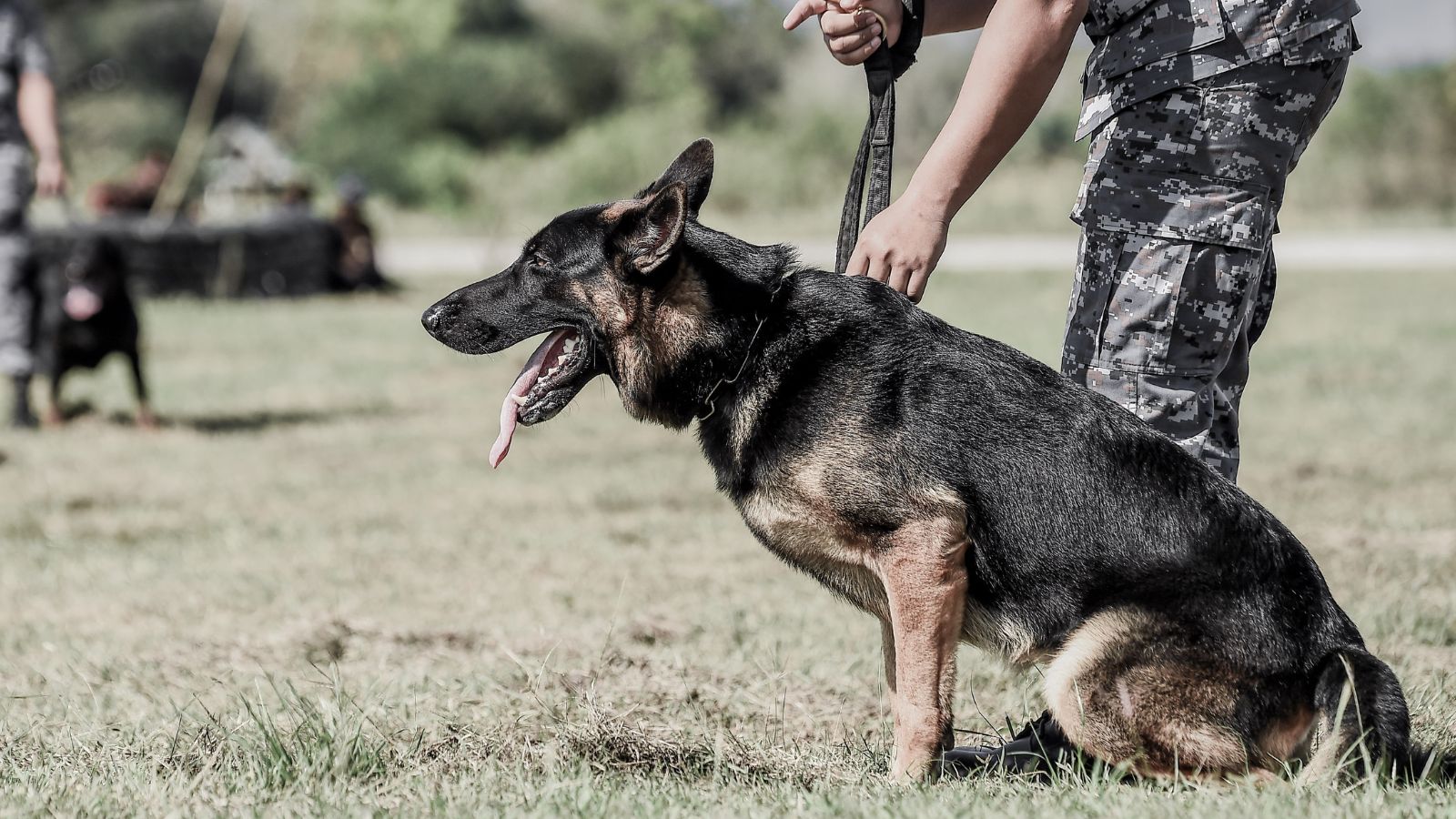
The sooner you can begin teaching your puppy recall, the better, says Dogs Trust. You need to be confident your puppy will come back to you before you begin letting them off the leash. You should practice recall in a variety of environments and gradually introduce more distractions.
Drop It and Leave It Commands
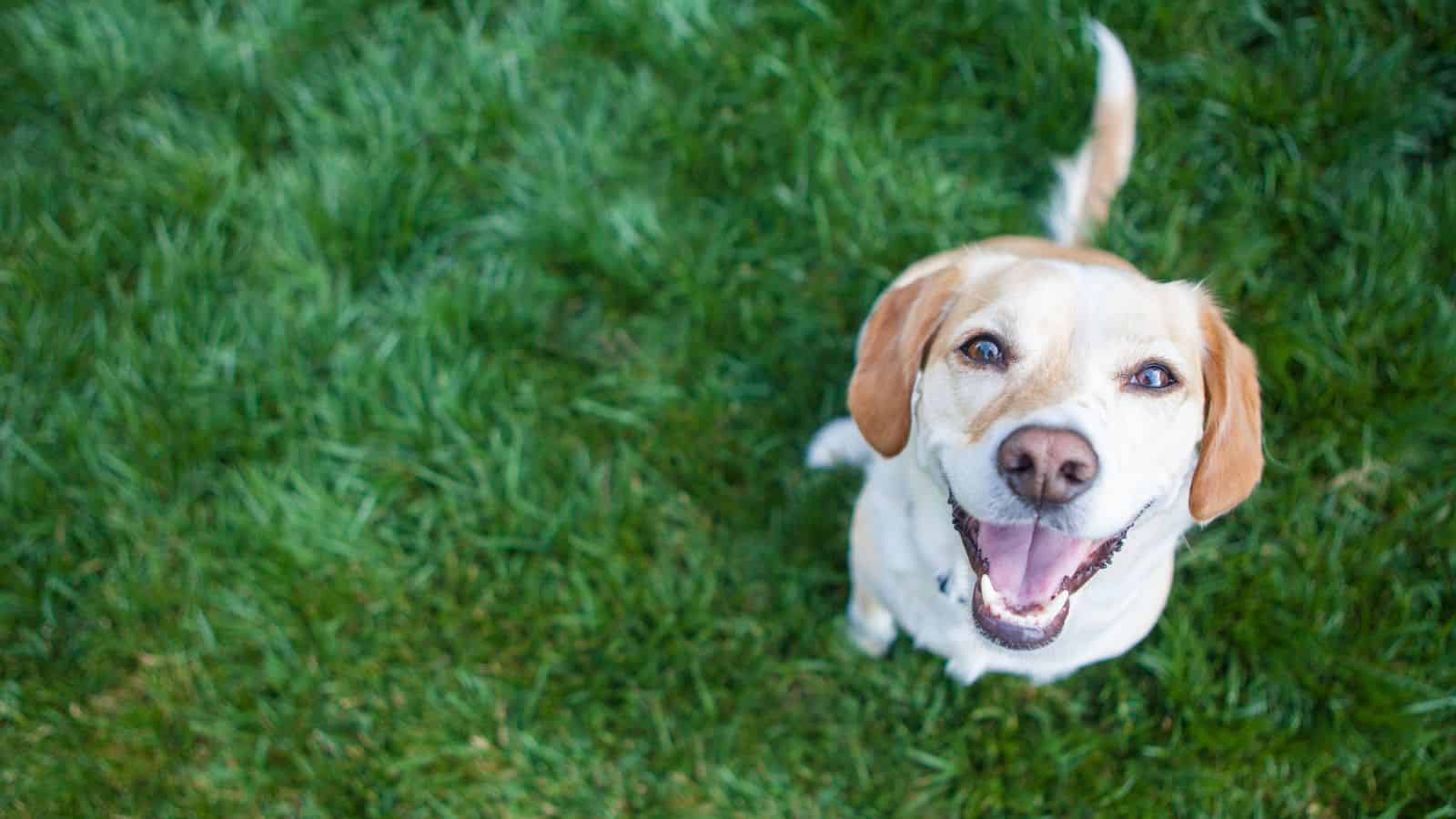
If you’ve already mastered the ‘fetch’ command with your new puppy, the next step is to command them to drop it. They need to learn when to drop items they shouldn’t be carrying, as well as learn the importance of ‘leave’ so they don’t pick anything up that you don’t want them to.
Help Them Be Desensitized to Sounds
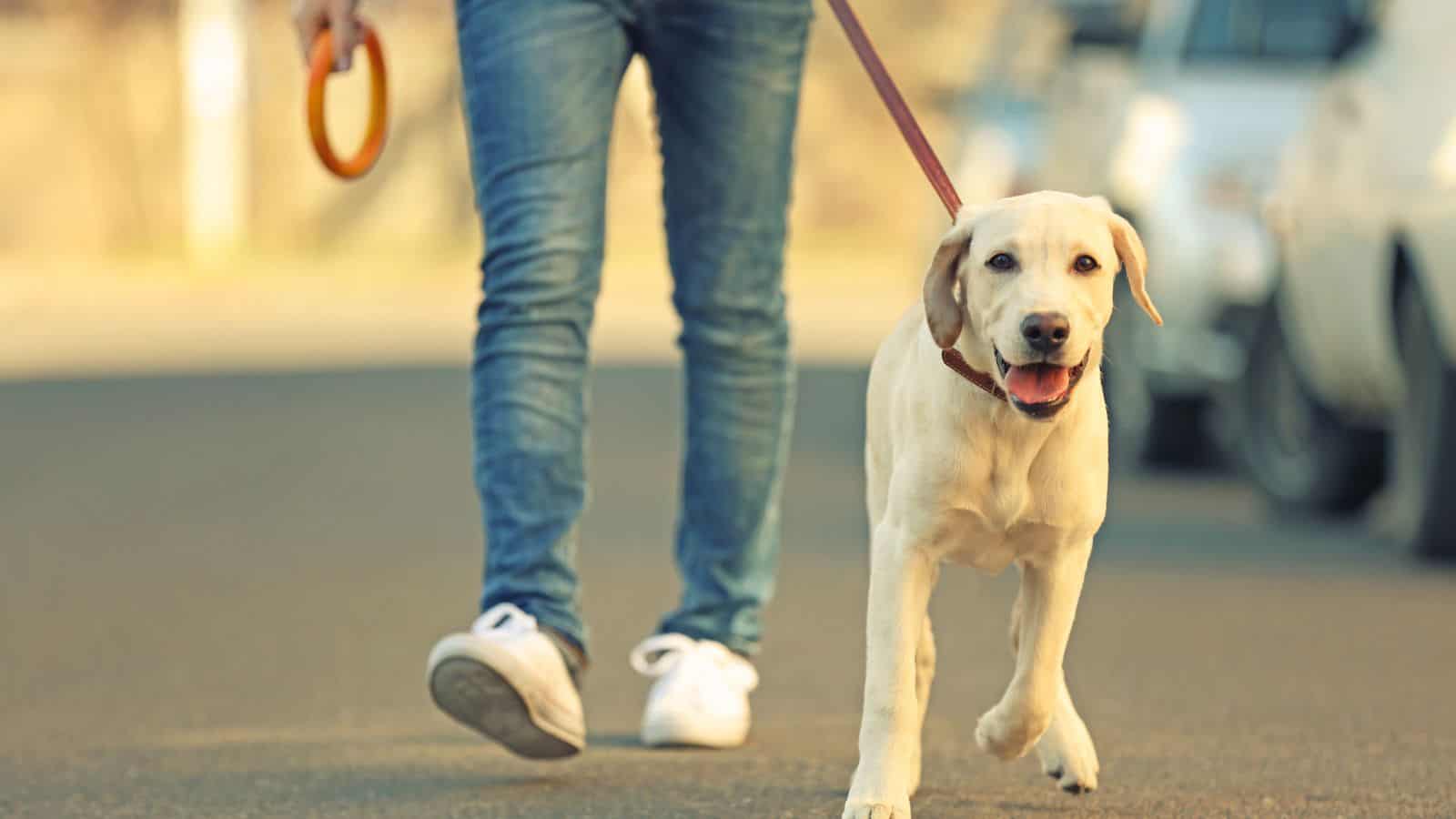
Another of the best lessons you can teach your puppy before two years old is not to react negatively to everyday noises they hear. They need to become accustomed to common sounds like traffic, footsteps, and voices so that they can avoid any anxiety, especially when left alone.
How to Travel Safely in the Car
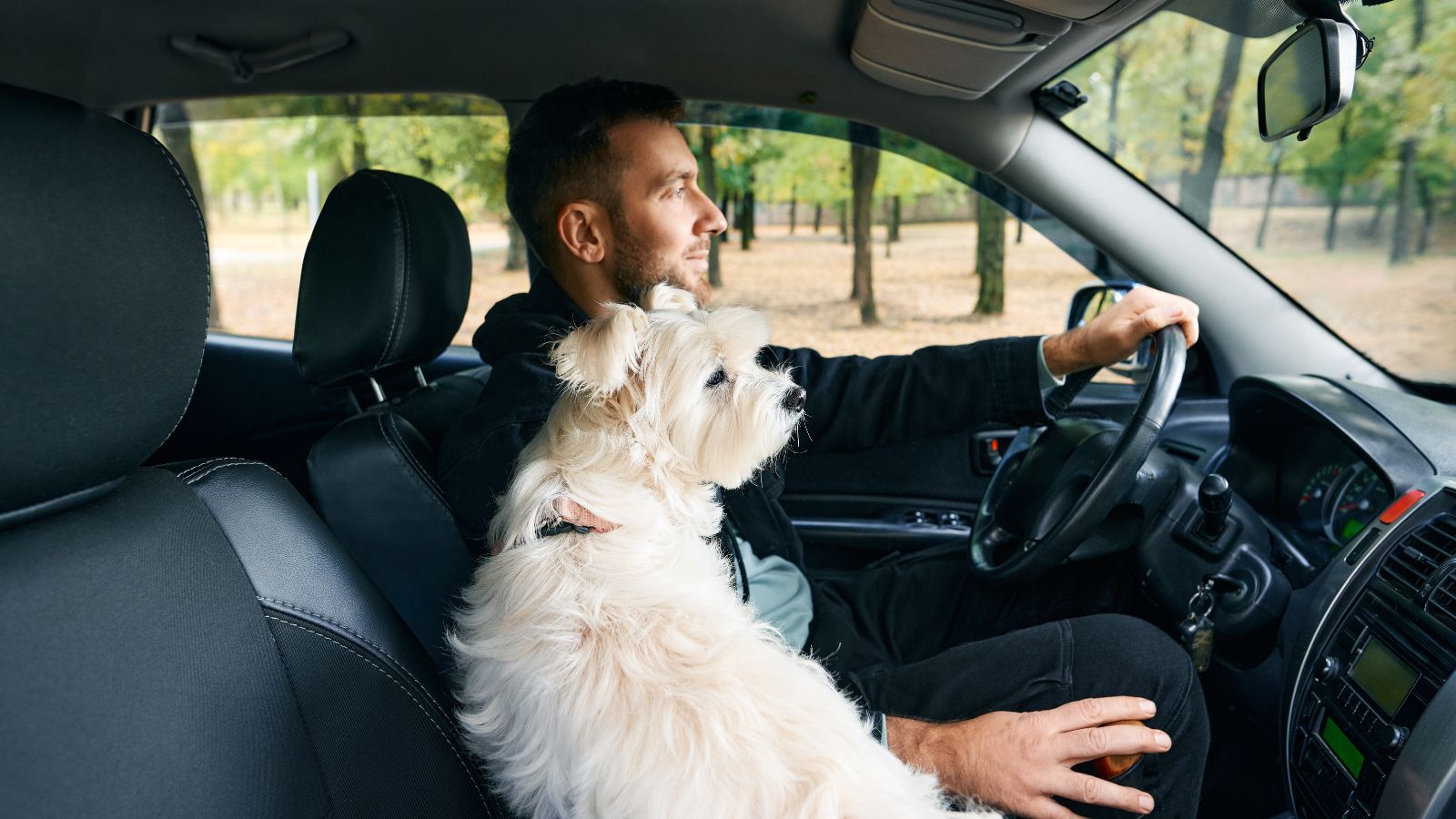
It’s important for your puppy to get used to car travel as soon as possible, so practice short and positive trips together. A pet seatbelt or carrier will stop your puppy from moving around while you’re driving, recommends PDSA, and you should reward them after every car ride if they’ve been well-behaved.
Meeting New People
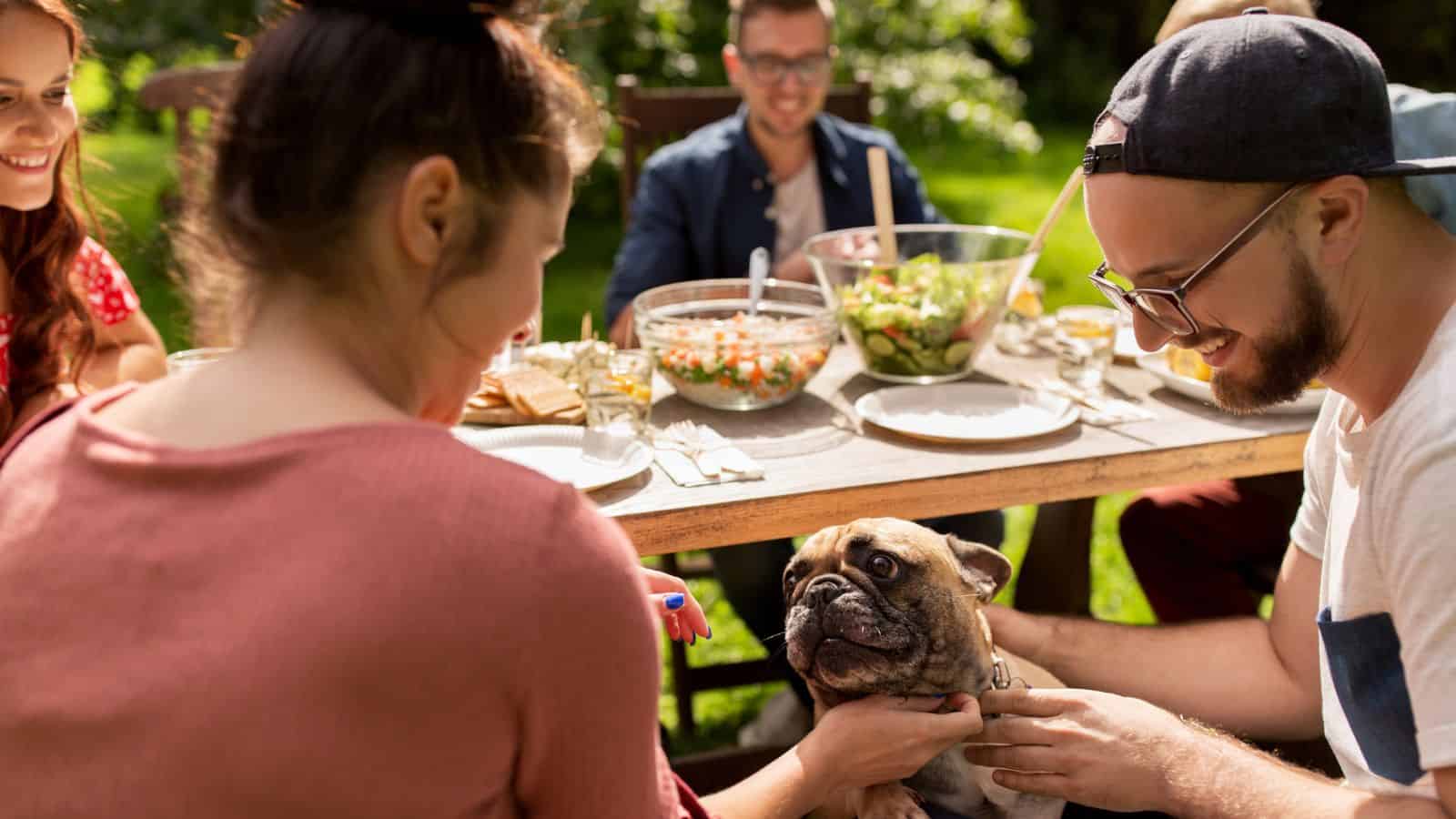
Your puppy also needs to learn the appropriate behavior for meeting new people (which is extra important when you want all your friends and family to meet them). Teach your puppy polite ways to greet people, how to sit patiently, and how to avoid jumping up.
The Basics of Agility Training
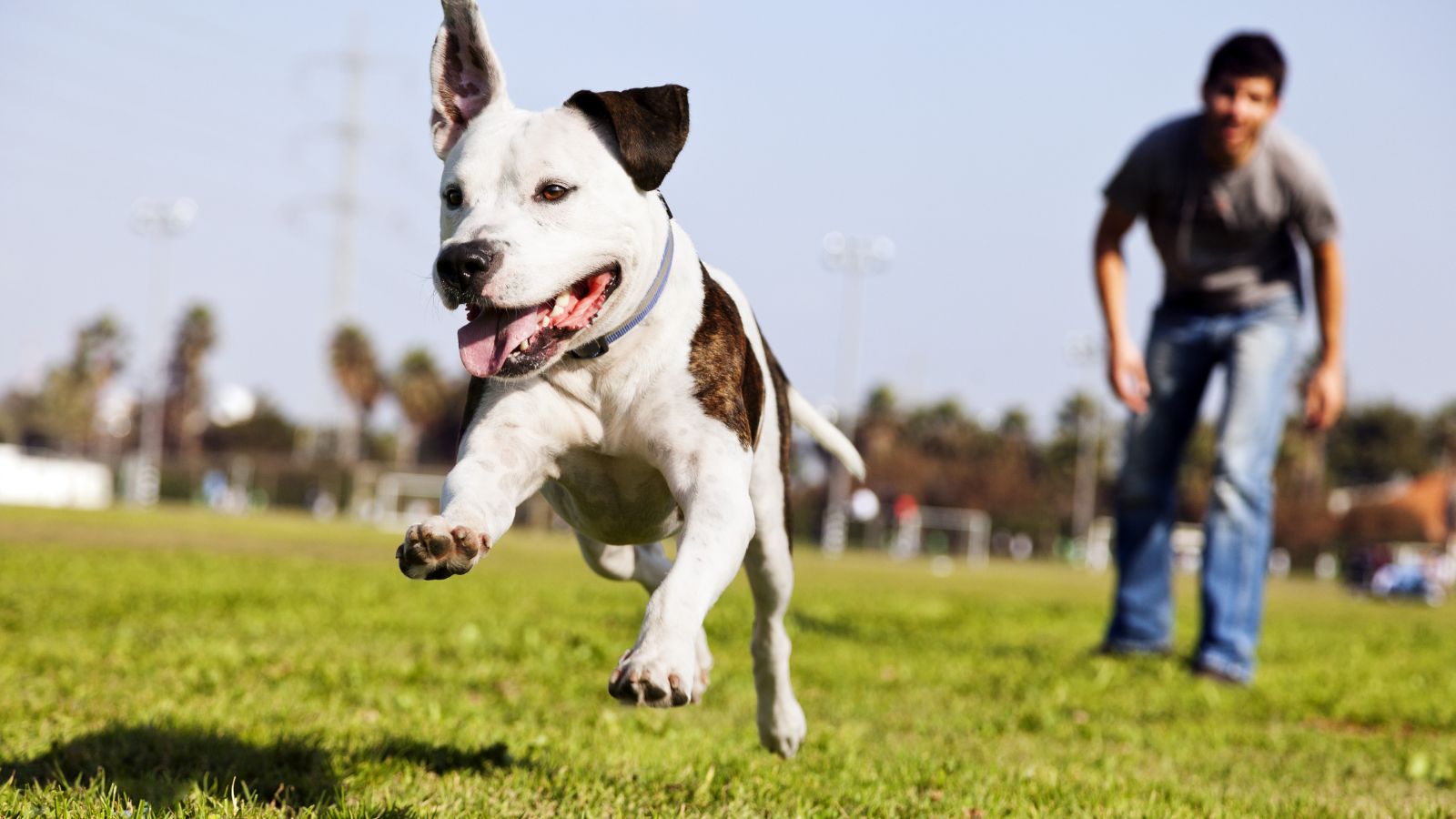
Agility training can also be extremely beneficial for a young puppy, as it can help them stay active and learn new tricks. Buy some tunnels or jumps for your home or garden and motivate them with treats and toys, helping them build their confidence.
Teach Them Appropriate Play Behavior

Some puppies can be incredibly rough even if they’re only playing, so it’s important to teach them what gentle play means and when they should avoid being overenthusiastic! Always supervise their playtimes to make sure you can correct any problematic behavior.
How to Be Alone
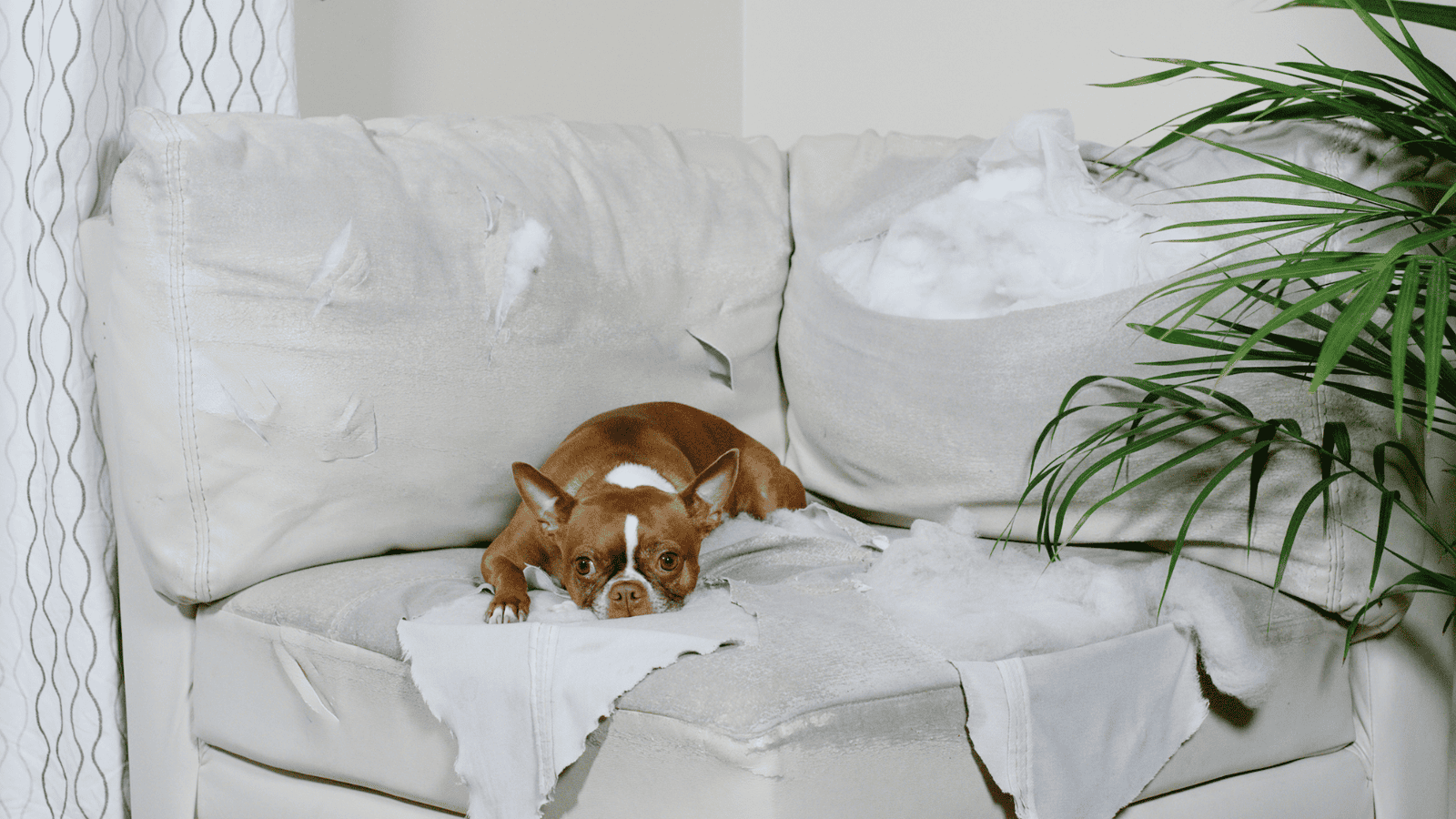
Sadly, your puppy won’t be with you 24/7, so for our final lesson, they’ll need to learn how to be alone and independent – especially when eight out of ten dogs struggle to be alone, states the RSPCA. Gradually increase the time your puppy spends in a room without you.
Up Next: 19 Signs That Say You’ve Officially Entered Old Age

Old age comes for us all, though we do our best to resist it for as long as possible. But aging isn’t only gray hair, wrinkled skin, and yelling at kids to get off your lawn. Here are 19 signs you’ve realized you’re no longer the young stud you once were!
19 SIGNS THAT SAY YOU’VE OFFICIALLY ENTERED OLD AGE
17 Things That Are Too Woke For Boomers

Our society is so different from what it was decades ago, and boomers don’t like much of what everyone considers normal in today’s society. In this light, here are 17 things about ‘woke culture’ that particularly make boomers uncomfortable.
17 THINGS THAT ARE TOO WOKE FOR BOOMERS
17 Things You’re Just Too Old To Be Doing Anymore

The older you get, the more fragile you are physically and mentally, so it’s important to prioritize your well-being every day. Whether you still feel young at 50 or are closer to 80, we’ve compiled 17 things you’re too old to be doing anymore.

